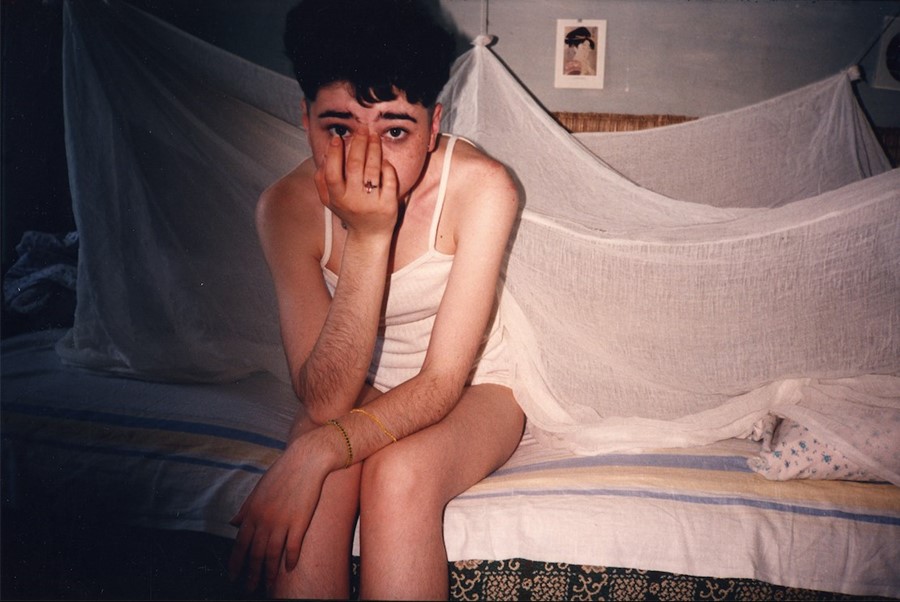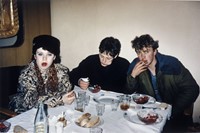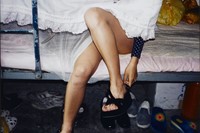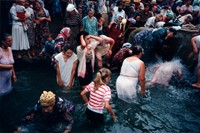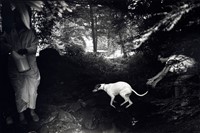AnOther meets Dutch photographer Bertien van Manen – the pioneering documentary photographer who has been given a major retrospective at the Stedelijk in Amsterdam
What does real life feel like? Documentary photographers have been framing and presenting reality for over a century, yet it’s rare that they feel embedded in the worlds they depict. Dutch photographer Bertien van Manen, who has been given a major retrospective at the Stedelijk in Amsterdam (the museum is temporarily closed for visitors until further notice) however, does exactly that.
Born in The Hague in 1942, Van Manen first began photographing at home in the 1970s – “I started taking pictures of my children and that became seen by other people and they liked it,” she recalls; her 2013 book, Easter and Oak Trees, published these intimate family shots, which led to work for a model agency. “Slowly, I was invited to do some fashion photography, and after one year or two years, I was very bored with that world,” she remembers. “And then someone presented me the book of Robert Frank, The Americans, and I was completely changed.” Frank’s 1958 book follows the Swiss photographer and his family as they drive across America, capturing the reality of the country. Van Manen took Frank’s sense of freedom, class consciousness and composition and translated it to her own modern experience.
Van Manen’s first exhibition was staged at the Photographers’ Gallery in London in 1977, and since then she has had solo shows in institutions the world over, from the Metropolitan Museum of Photography, Tokyo to MoMA, New York, receiving a nomination for the Hasselblad Prize last year. Titled Beyond the Image: Bertien Van Manen & Friends, the Stedelijk exhibition focuses on Van Manen’s compelling career, using her published books as a structure. The show also contextualises her work by pairing specific series with work by other photographic artists from the museum’s collection who have dealt with similar subjects – from Nan Goldin to Boris Mikhailov, Seiichi Furuya to Robert Frank. Van Manen worked closely on the selection of photographers alongside the exhibition’s curator. “It’s nice because you see the influences and the likeness. That our way of looking is connected – the same feeling of humanism and the curiosity that I feel in their approaches,” she considers. Stephen Gill is a favourite from the show, in particular his poetic images of birds in a landscape collected in The Pillar.
Over the course of Van Manen’s career, travel has become a central part of her practice: she travelled extensively throughout the Appalachian Mountains over the course of decades (the MACK-published book Moonshine compiles the photographs); Let’s Sit Down Before We Go saw her document Russians in their homes following the fall of the Soviet Union; and Beyond Maps and Atlases brings together photographs taken in Ireland following her husband’s death. Other series and publications have taken Van Manen to China (East Wind, West Wind), Hungary (I Will Be Wolf) and the USSR (A Hundred Summers, A Hundred Winters).
“Travel is very natural for me, because I’m very curious. I want to see new things. I want adventure,” the artist explains. “At home in Holland, I can’t really find things that excite me.” For a long period of time Van Manen only used a simple handheld camera, the kind that any tourist might own; this was a question of both convenience for the photographer and comfort for her subjects. “It’s very convenient for me. I didn’t want to be present as a photographer, as I stayed especially in China and Russia with people in their houses. I wanted to feel at ease and have a really small camera that you don’t have to adjust. You can work very quickly with it. It’s not frightening for them, and I could just leave them whenever I was away.” The resulting images look raw and incredibly modern, the people captured within them unaware, skewiff, unposed and playful.
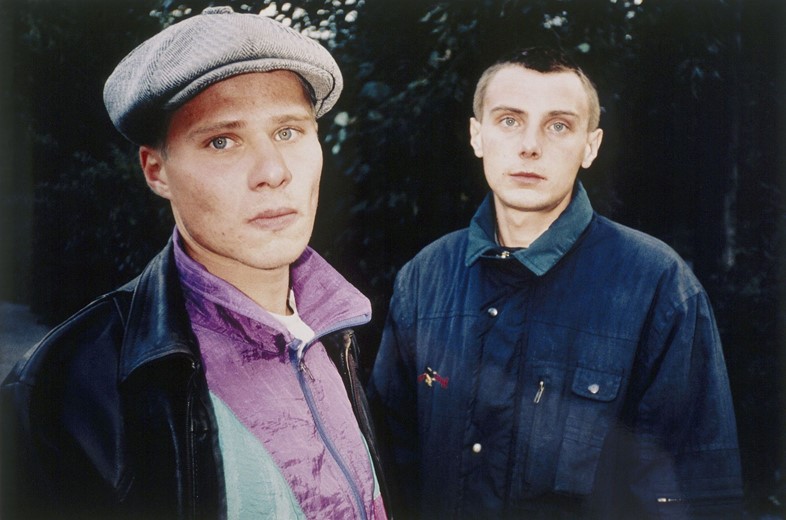
Sometimes, the photographer reveals, leaving the camera lying around would lead to comedic results. “People tried to use [the cameras by themselves], because they are so easy to handle. I work on film and so I have to see the pictures when I come home on the contact sheets and then all of a sudden I see pictures of a naked butt!” she laughs. “I had left my camera in that house, and the boys had taken pictures of each other. That wound up in the book.” Van Manen’s relationships with her subjects feel that natural; these were people she met and stayed with. “I always needed one phone number or one address [in a place]. It starts with one person and then it grows like a snowball: their friends, their family, their relationship, their neighbours. It grows in a very slow way, very organic. I was never interested in famous people. It’s just the people that I’ve met.”
Van Manen’s approach to documentary photography shifted throughout her career, while the idea of photographic truth was questioned and, on a more personal level, her own desires changed. “When I started, I was very much socially involved and I wanted to change the world like [20th-century American poet and writer] Elizabeth Bishop,” she says. “But that changed for me. In time, I felt it’s not my way of looking at people.” Images from Van Manen’s oeuvre feel warm, and we are left with a very particular take on personal and the poetic.
Beyond the Image: Bertien van Manen & Friends is at Stedelijk in Amsterdam (temporarily closed for visitors until further notice) until August 9, 2020.
